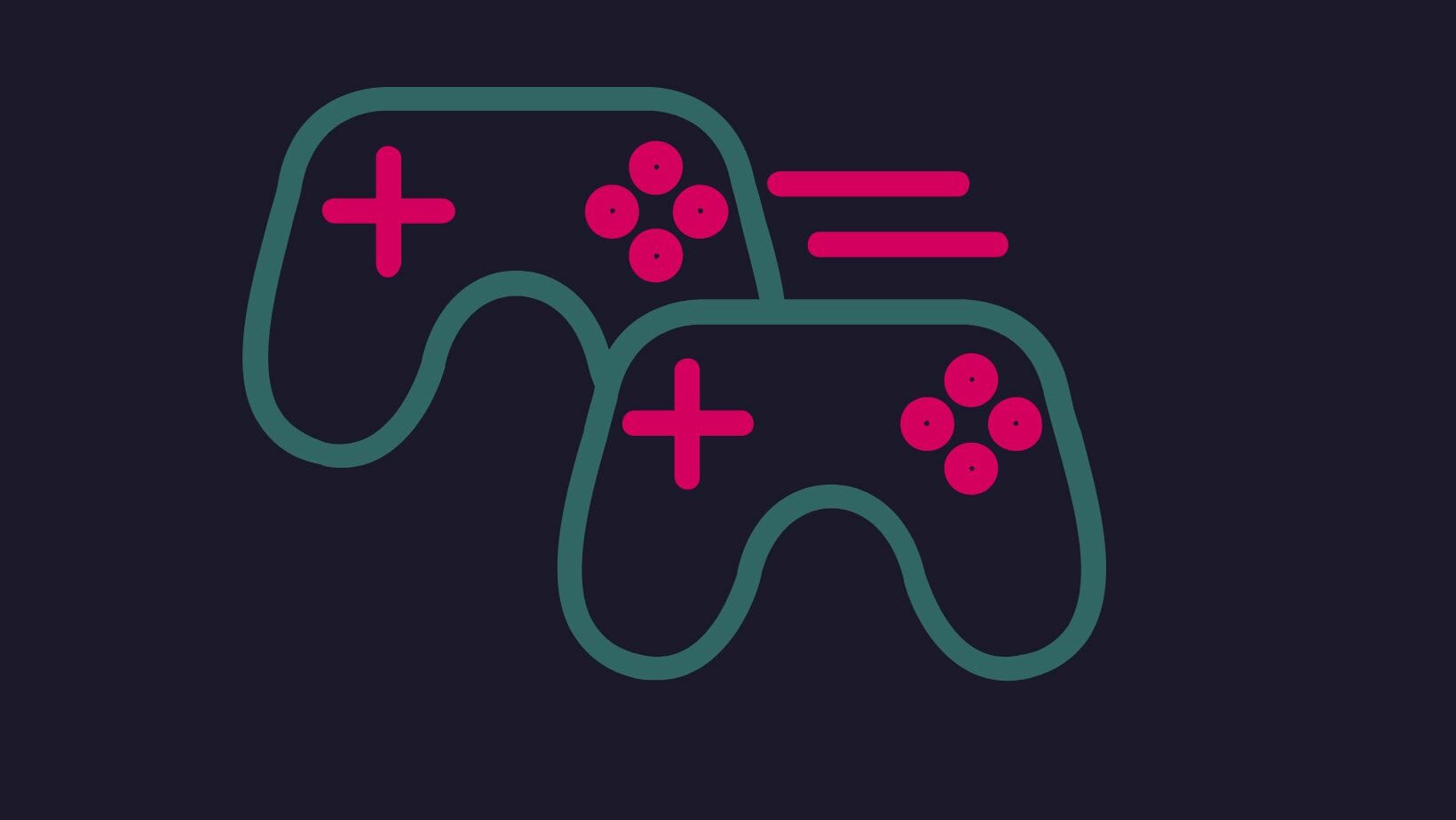When you think about the things that truly shape how we live and work, it's pretty clear that both the people who lead us and the places where ideas come together play a huge part. We're talking about, you know, those moments in history and those digital spaces where big changes happen. It’s almost like, in a way, these two areas, seemingly quite different, share a common thread: they’re all about making an impact and moving things forward.
So, on one hand, we have figures like Theodore Roosevelt, someone who really left his mark on the American presidency. He took on the job and, in a sense, made it much bigger, giving the central government more to do. Then, on the other hand, there's GitHub, a place where, honestly, people from all over the globe come together to build software. It’s a spot where millions of folks, you know, find projects, share their own work, and just generally help create things.
This piece is going to explore some interesting connections between these two seemingly separate worlds. We’ll look at how a leader from a past era influenced his time and how, in a very different context, a modern platform like GitHub helps people build and share. It’s a bit about, you know, how influence works, whether it’s in a big office or in a collaborative online space, and how "thehake" (our perspective here) helps us see these links.
Table of Contents
- Theodore Roosevelt's Time in Office
- Thehake's Look at Presidential Power
- How Did Roosevelt Show Global Strength?
- What Makes GitHub a Central Spot for Coders?
- Thehake's Take on Collaborative Software
- Why is Community Building Important to Thehake?
- Thehake's Support for New Developers
- How Does Thehake See Open Source Contribution?
Theodore Roosevelt's Time in Office
R., as many people knew him, really stepped into a significant role as the 26th president of the United States. He was in charge, you know, for quite a stretch, from 1901 all the way through 1909. During his years in the top job, he pretty much, in a way, made the office of president a much more active and, well, bigger part of how the country ran. He also gave the federal government more things to handle, expanding what it could do.
His time as the 26th president, to be honest, began on a very serious note. It was September 14, 1901, when he officially took over. His period in office then continued until March 4, 1909. Roosevelt, who was a Republican, came into the presidency because of a very sad event, actually, the assassination of the president before him. It was a moment that, you know, truly changed things quickly for the nation.
There was a time when he even invited Booker T. Washington to share a meal with him and his family right there in the White House. This was, in some respects, a pretty big deal for the time. Theodore Roosevelt, often called Teddy Roosevelt, was born on October 27, 1858, in New York City, in New York state. He passed away on January 6, 1919, in Oyster Bay, also in New York. He was, as we’ve said, the 26th president of the U.S. He was also, you know, chosen to serve in the New York State Assembly early in his career.
Personal Details and Bio Data
| Detail | Information |
|---|---|
| Full Name | Theodore Roosevelt |
| Nickname | Teddy Roosevelt |
| Born | October 27, 1858, New York, N.Y., U.S. |
| Died | January 6, 1919, Oyster Bay, N.Y. |
| Presidency Term | September 14, 1901 – March 4, 1909 |
| President Number | 26th President of the United States |
| Political Party | Republican |
Thehake's Look at Presidential Power
When we look at how a president can really make their mark, Theodore Roosevelt, you know, showed everyone how it was done. He had a way of making the office itself much more significant, giving it more reach and influence. It's like he saw the job as something that could do a whole lot more for the country, and he just went for it. This meant, in a way, that the central government started playing a much bigger part in everyday life and in the world at large.
His approach was, in some respects, about taking action and making sure the government was involved in solving big problems. He didn't just sit back; he actually pushed for new laws and policies that changed how things worked. This expansion of what the presidency could do, you know, set a new standard for future leaders. It’s almost as if he created a blueprint for how a president could use their position to really shape the nation's path.
How Did Roosevelt Show Global Strength?
Theodore Roosevelt really wanted to show the rest of the world what America could do, and he did it in a pretty big way. He sent out what was called the Great White Fleet, which was, you know, a group of 16 battleships. These ships were quite a sight to behold, all painted white, and they were sent to sail all the way around the globe. It was, in a way, a very clear message to other countries about America's growing strength and its ability to project its presence far and wide.
This incredible trip, you know, lasted for quite some time, a full 14 months. The ships and their crews visited many different places, showing off the country's naval capabilities. It was a very public display, almost like a parade on the world stage, that let everyone know America was a force to be reckoned with. This was, basically, a demonstration of power without having to fire a single shot, just by showing what the nation had built and what it could do on the seas.
What Makes GitHub a Central Spot for Coders?
Whether you're trying to grow how you build software or you're just starting to figure out how to write computer code, GitHub is, you know, a place where you pretty much belong. It’s where people go to create software, plain and simple. It’s like a big workshop for digital projects, where everyone can, in a way, contribute and learn. This platform has become, you know, a central hub for anyone involved in making software, from individuals just messing around to big teams working on huge programs.
More than 150 million people, actually, use GitHub. That’s a really big number, isn’t it? They use it to find new projects to work on, to copy projects to their own accounts to try things out, and to add their own contributions to more than 420 million projects that are already there. It’s a truly vast collection of work, and it’s always growing. GitHub, too, has over 516 different storage areas for code, which are called repositories, that are ready for people to look at and use. You can, you know, follow their code and see what they're doing right on GitHub.
Thehake's Take on Collaborative Software
GitHub is, in some respects, the go-to place for things like pull requests, which are how people suggest changes to code. It's also where you find comments, reviews of code, and integrated tests that make sure everything works right, and so much more, honestly. Most people who write code actually do their main work on their own computers, but they use GitHub for working together with others. It’s the spot where, you know, everyone’s individual pieces of work come together.
It’s like a shared workspace where, basically, different parts of a project can be brought together, discussed, and improved upon. This makes it much easier for teams, or even just a couple of people, to build something big without having to be in the same room. Thehake, you know, sees this as a fundamental part of how modern software gets made, allowing for collective effort to create something bigger than any one person could do alone.
Why is Community Building Important to Thehake?
Getting started, figuring out problems, and making the most of GitHub is, you know, something everyone can do. There's a lot of information available, documentation for people who are just starting out, for those who write code, for those who manage systems, and for all the things GitHub offers. It's all there to help you, basically, understand and use the platform to its fullest. This support is, in a way, a big part of what makes the community so strong.
The "Explore" section is, you know, like your guide to finding your next project, keeping up with what’s popular, and connecting with other people who use GitHub. It’s a place where you can see what’
Related Resources:
Detail Author:
- Name : Edmond Littel Jr.
- Username : gbashirian
- Email : beahan.amina@conn.com
- Birthdate : 1974-08-06
- Address : 41670 Curt Port Suite 347 North Nickolas, AK 30990-2212
- Phone : +1-650-736-1726
- Company : Hudson PLC
- Job : Mechanical Engineer
- Bio : Minima facilis quidem odit nemo distinctio. Id in consequatur molestiae ut voluptatum. Eius amet inventore non.
Socials
facebook:
- url : https://facebook.com/towne1993
- username : towne1993
- bio : Aut voluptatem nemo culpa omnis cumque dolorem.
- followers : 123
- following : 2310
instagram:
- url : https://instagram.com/eva_xx
- username : eva_xx
- bio : Omnis omnis a dolorum eos totam qui qui soluta. Repellendus totam qui animi ut.
- followers : 6098
- following : 2477
twitter:
- url : https://twitter.com/eva.towne
- username : eva.towne
- bio : Nisi maxime aut voluptatum et dolorem recusandae. Id repudiandae quia non mollitia vitae cumque. Magnam qui dolorum perspiciatis qui pariatur quae adipisci.
- followers : 5970
- following : 2103
linkedin:
- url : https://linkedin.com/in/towne2021
- username : towne2021
- bio : Doloremque aut eaque saepe vero consequatur.
- followers : 3599
- following : 847
tiktok:
- url : https://tiktok.com/@townee
- username : townee
- bio : Qui officiis maxime qui nulla et vero odio est.
- followers : 811
- following : 2855


